Honda ZR-V vs Kia Niro - Differences and prices compared
Costs and Efficiency:
Price and efficiency are key factors when choosing a car – and this is often where the real differences emerge.
Kia Niro has a noticeable advantage in terms of price – it starts at 29100 £, while the Honda ZR-V costs 36800 £. That’s a price difference of around 7637 £.
Fuel consumption also shows a difference: Kia Niro manages with 2.40 L and is therefore clearly more efficient than the Honda ZR-V with 5.70 L. The difference is about 3.30 L per 100 km.
Engine and Performance:
Under the bonnet, it becomes clear which model is tuned for sportiness and which one takes the lead when you hit the accelerator.
When it comes to engine power, the Honda ZR-V has a hardly perceptible edge – offering 184 HP compared to 180 HP. That’s roughly 4 HP more horsepower.
In acceleration from 0 to 100 km/h, the Honda ZR-V is evident quicker – completing the sprint in 7.80 s, while the Kia Niro takes 9.90 s. That’s about 2.10 s faster.
In terms of top speed, the Kia Niro performs slight better – reaching 185 km/h, while the Honda ZR-V tops out at 173 km/h. The difference is around 12 km/h.
There’s also a difference in torque: Honda ZR-V pulls to a small extent stronger with 315 Nm compared to 265 Nm. That’s about 50 Nm difference.
Space and Everyday Use:
Beyond pure performance, interior space and usability matter most in daily life. This is where you see which car is more practical and versatile.
Seats: offers more seating capacity – vs .
In curb weight, Kia Niro is slightly lighter – 1474 kg compared to 1660 kg. The difference is around 186 kg.
In terms of boot space, the Kia Niro offers to a small extent more room – 451 L compared to 380 L. That’s a difference of about 71 L.
In maximum load capacity, the Kia Niro performs slight better – up to 1445 L, which is about 133 L more than the Honda ZR-V.
When it comes to payload, Kia Niro slight takes the win – 466 kg compared to 455 kg. That’s a difference of about 11 kg.
Who wins the race?
The Kia Niro proves to be wins the duel decisively and therefore becomes our DriveDuel Champion!
Kia Niro is the better all-rounder in this comparison.
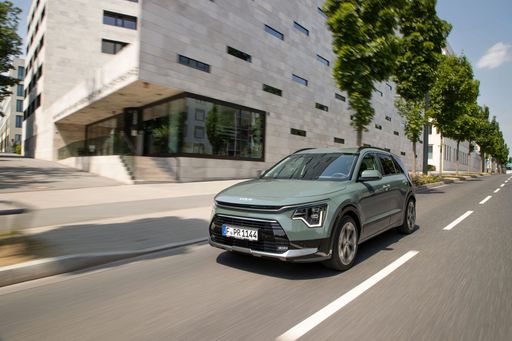 @ Kia Corporation
@ Kia Corporation
Kia Niro
Costs and Consumption
View detailed analysis
Engine and Performance
View detailed analysis
Dimensions and Body
View detailed analysis
Honda ZR-V
The Honda ZR-V blends smart practicality with sharper styling than you might expect, giving buyers a calm, competent companion for daily life. Inside it's comfortable and cleverly laid out, easy to live with and never trying too hard to be exciting.
details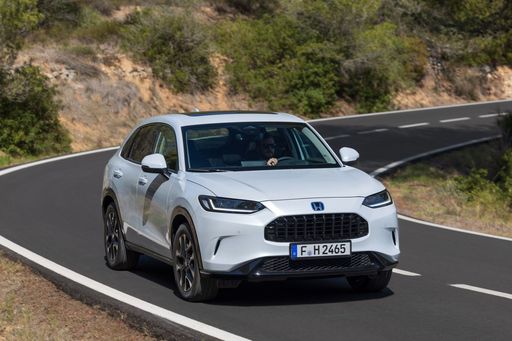 @ Honda Motor Co., Ltd.
@ Honda Motor Co., Ltd.
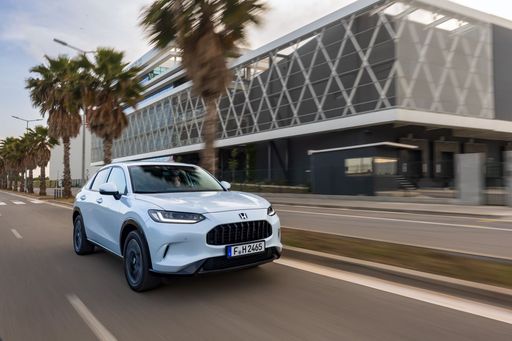 @ Honda Motor Co., Ltd.
@ Honda Motor Co., Ltd.
 @ Honda Motor Co., Ltd.
@ Honda Motor Co., Ltd.
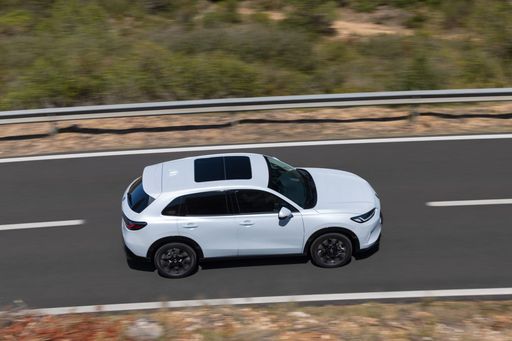 @ Honda Motor Co., Ltd.
@ Honda Motor Co., Ltd.
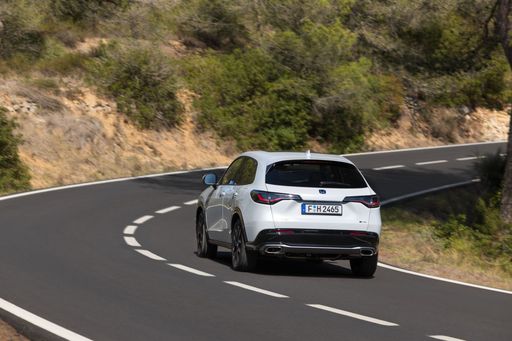 @ Honda Motor Co., Ltd.
@ Honda Motor Co., Ltd.
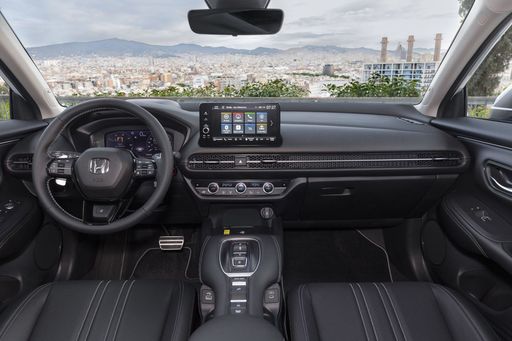 @ Honda Motor Co., Ltd.
@ Honda Motor Co., Ltd.
 @ Honda Motor Co., Ltd.
@ Honda Motor Co., Ltd.
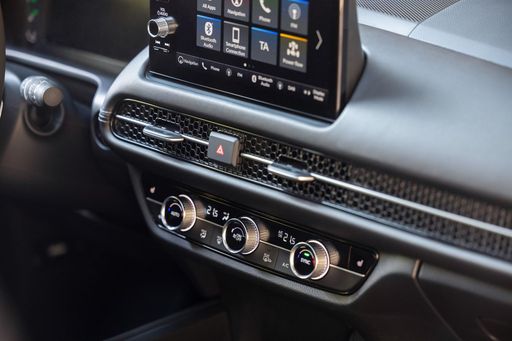 @ Honda Motor Co., Ltd.
@ Honda Motor Co., Ltd.
 @ Honda Motor Co., Ltd.
@ Honda Motor Co., Ltd.
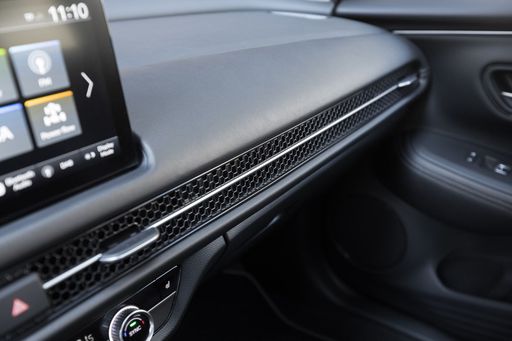 @ Honda Motor Co., Ltd.
@ Honda Motor Co., Ltd.
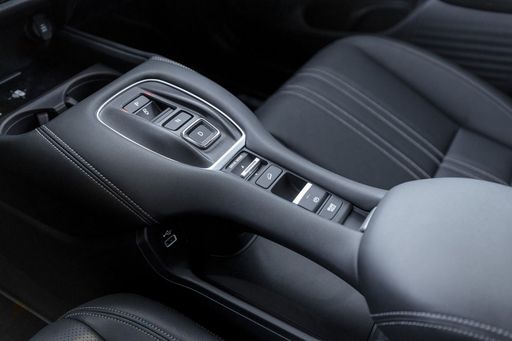 @ Honda Motor Co., Ltd.
@ Honda Motor Co., Ltd.
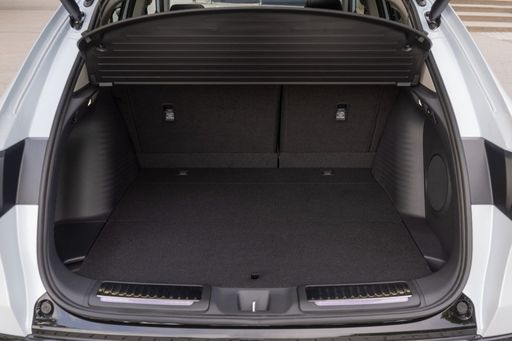 @ Honda Motor Co., Ltd.
@ Honda Motor Co., Ltd.
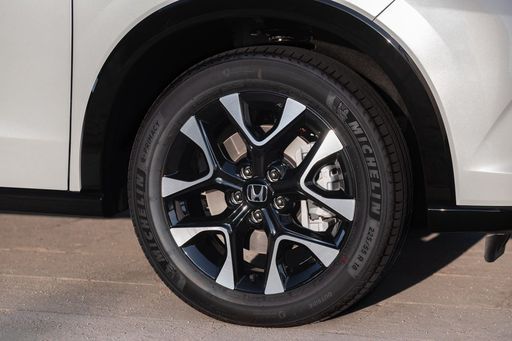 @ Honda Motor Co., Ltd.
@ Honda Motor Co., Ltd.
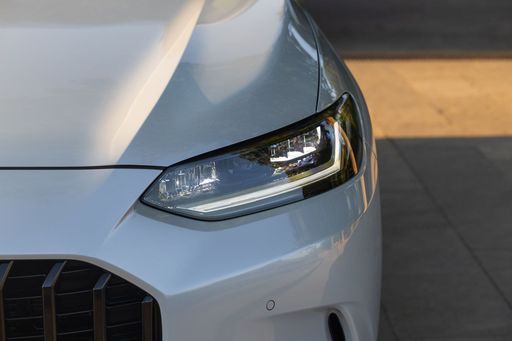 @ Honda Motor Co., Ltd.
@ Honda Motor Co., Ltd.
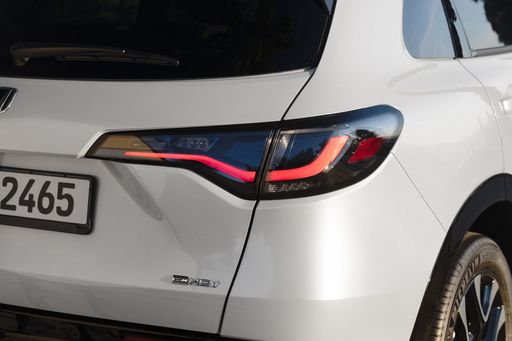 @ Honda Motor Co., Ltd.
@ Honda Motor Co., Ltd.
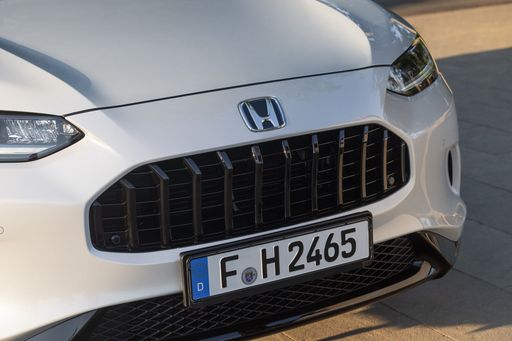 @ Honda Motor Co., Ltd.
@ Honda Motor Co., Ltd.
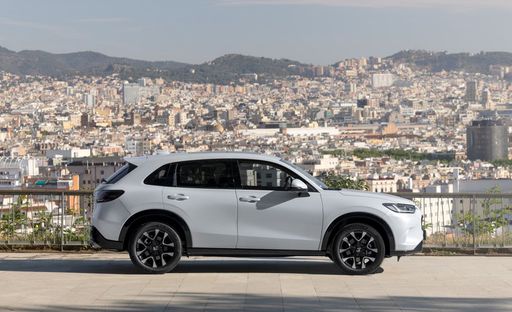 @ Honda Motor Co., Ltd.
@ Honda Motor Co., Ltd.
Kia Niro
The Kia Niro blends clever packaging and modern styling into a compact crossover that’s refreshingly sensible for daily life. It’s comfortable, economical and packed with user‑friendly tech, so if you want a fuss‑free family car with a touch of green credibility, the Niro is worth a test drive.
details @ Kia Corporation
@ Kia Corporation
 @ Kia Corporation
@ Kia Corporation
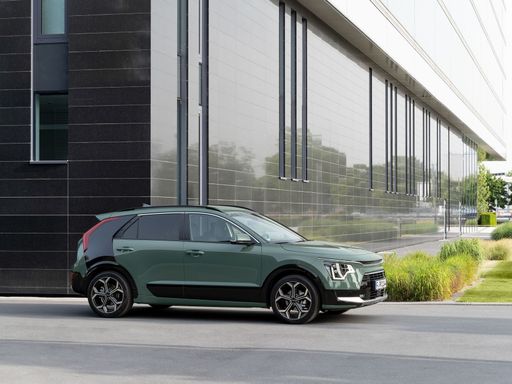 @ Kia Corporation
@ Kia Corporation
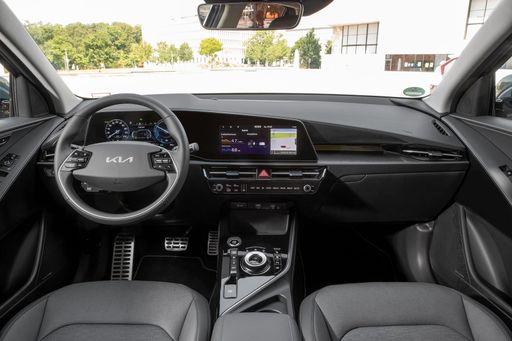 @ Kia Corporation
@ Kia Corporation
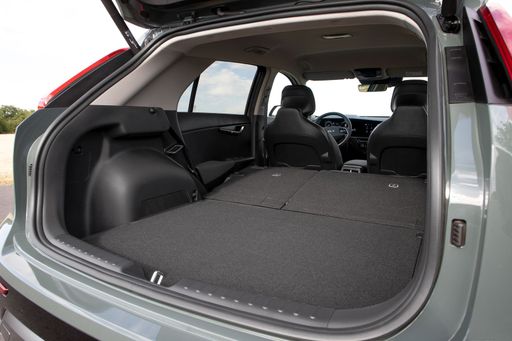 @ Kia Corporation
@ Kia Corporation
 @ Honda Motor Co., Ltd.
@ Honda Motor Co., Ltd.
|
 @ Kia Corporation
@ Kia Corporation
|
|
|
|
Costs and Consumption |
|
|---|---|
|
Price
36800 - 40400 £
|
Price
29100 - 38600 £
|
|
Consumption L/100km
5.7 - 5.8 L
|
Consumption L/100km
2.4 - 4.9 L
|
|
Consumption kWh/100km
-
|
Consumption kWh/100km
-
|
|
Electric Range
-
|
Electric Range
57 - 62 km
|
|
Battery Capacity
-
|
Battery Capacity
1.3 - 11.1 kWh
|
|
co2
130 - 132 g/km
|
co2
53 - 111 g/km
|
|
Fuel tank capacity
57 L
|
Fuel tank capacity
37 - 42 L
|
Dimensions and Body |
|
|---|---|
|
Body Type
SUV
|
Body Type
SUV
|
|
Seats
5
|
Seats
5
|
|
Doors
5
|
Doors
5
|
|
Curb weight
1660 - 1710 kg
|
Curb weight
1474 - 1594 kg
|
|
Trunk capacity
370 - 380 L
|
Trunk capacity
348 - 451 L
|
|
Length
4568 mm
|
Length
4420 mm
|
|
Width
1840 mm
|
Width
1825 mm
|
|
Height
1613 mm
|
Height
1545 mm
|
|
Max trunk capacity
1291 - 1312 L
|
Max trunk capacity
1342 - 1445 L
|
|
Payload
440 - 455 kg
|
Payload
466 kg
|
Engine and Performance |
|
|---|---|
|
Engine Type
Full Hybrid
|
Engine Type
Full Hybrid, Plugin Hybrid
|
|
Transmission
-
|
Transmission
Automatic
|
|
Transmission Detail
-
|
Transmission Detail
Dual-Clutch Automatic
|
|
Drive Type
Front-Wheel Drive
|
Drive Type
Front-Wheel Drive
|
|
Power HP
184 HP
|
Power HP
138 - 180 HP
|
|
Acceleration 0-100km/h
7.8 - 8 s
|
Acceleration 0-100km/h
9.9 - 11.4 s
|
|
Max Speed
173 km/h
|
Max Speed
170 - 185 km/h
|
|
Torque
315 Nm
|
Torque
265 Nm
|
|
Number of Cylinders
4
|
Number of Cylinders
4
|
|
Power kW
135 kW
|
Power kW
102 - 132 kW
|
|
Engine capacity
1993 cm3
|
Engine capacity
1580 cm3
|
General |
|
|---|---|
|
Model Year
2025
|
Model Year
2025
|
|
CO2 Efficiency Class
D
|
CO2 Efficiency Class
C, B
|
|
Brand
Honda
|
Brand
Kia
|
What drivetrain options does the Honda ZR-V have?
The Honda ZR-V is available as Front-Wheel Drive.
The prices and data displayed are estimates based on German list prices and may vary by country. This information is not legally binding.
